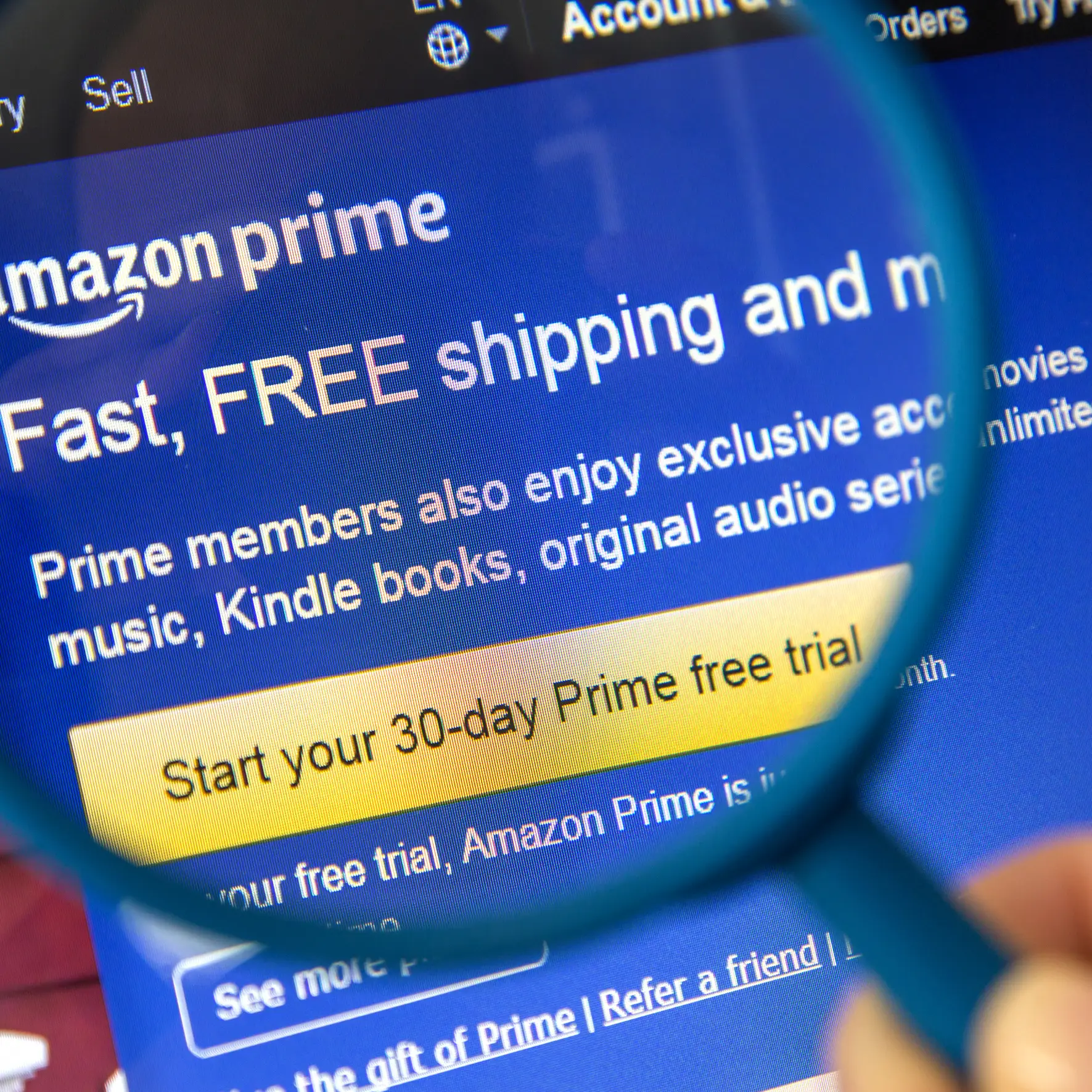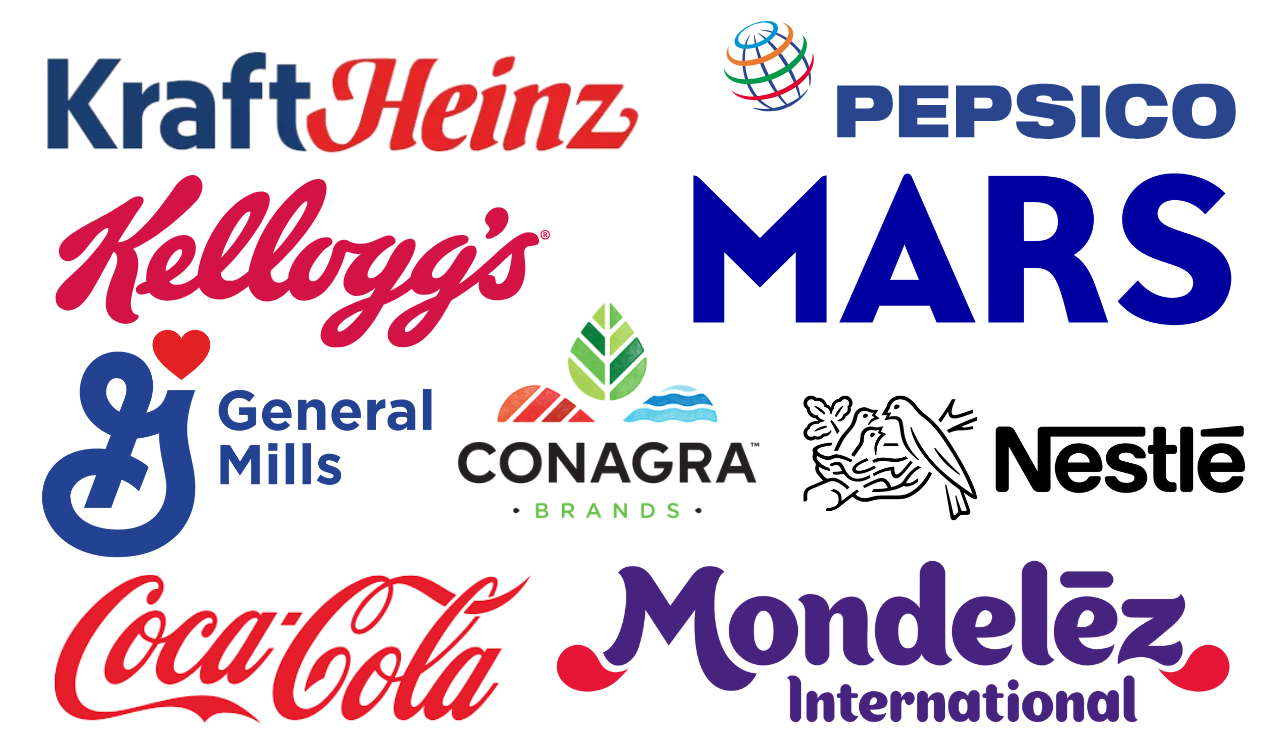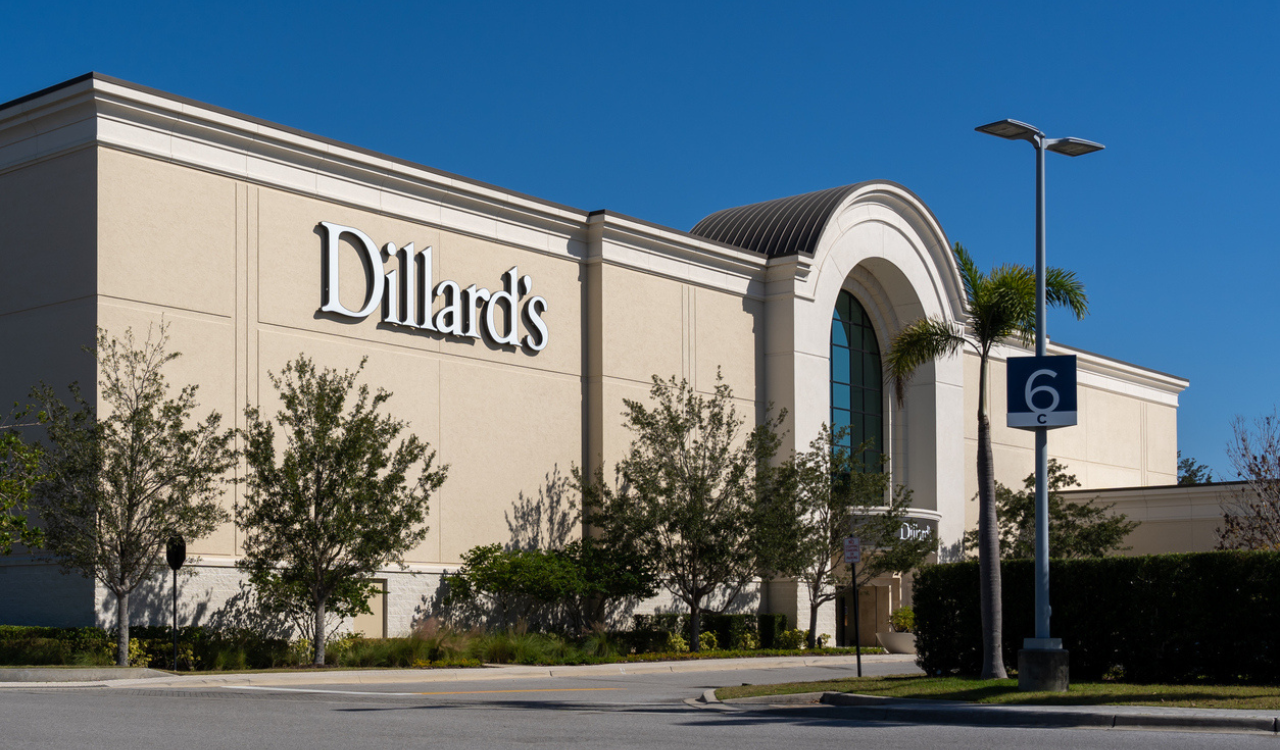Amazon Prime’s U.S. membership growth ran into a brick wall last year. As recently as 2021, Prime was still growing rapidly in its home market. The program’s domestic subscriber count jumped from around 118 million individuals at the outset of the Covid-19 pandemic in March 2020 to 147 million in March 2021 and 170 million by March 2022, according to survey data collected by Consumer Intelligence Research Partners.
However, Amazon Prime’s domestic subscriber base appears to have peaked in December 2021. Since then, attrition has led to flat or declining subscriber numbers. There were 167 million active Prime members in the U.S. as of March 2023, based on CIRP’s most recent estimates.
For Prime members who aren’t Amazon power users and aren’t interested in ancillary benefits like streaming content, each price increase represents a potential tipping point that could make the cost outweigh the benefits of Prime. The 2022 price increase may not be the only reason why Amazon Prime’s growth in the U.S. has come to an abrupt halt, but it was a big contributing factor.
Amazon disputes CIRP’s analysis and says that Prime is still growing both in the U.S. and abroad, albeit without providing any hard numbers to back up that claim. But even if Prime is still growing domestically, at best the membership base is expanding at a snail’s pace.
With profitability and Prime member growth both under pressure, Amazon finds itself caught between a rock and a hard place. To get its mojo back, the company needs to completely rethink the Prime program.
Raising Prices at the Wrong Time
Amazon’s decision to raise the price of an annual Prime membership from $119 to $139 in early 2022 surely contributed to the abrupt slowdown in subscriber growth that began last year.
On its face, the price increase made sense. At the time, delivery costs and other expenses were soaring. Furthermore, Amazon had previously raised the U.S. subscription price for Prime in 2014 and 2018, so the latest price change followed an existing pattern of increasing the price every four years.
However, from a customer perspective, raising the Prime subscription price in early 2022 represented terrible timing. Inflation was roaring out of control, with the CPI increasing 8.5 percent year over year in March 2022. Meanwhile, pandemic-era federal stimulus programs were winding down, putting further strain on household budgets. The price increase made Prime subscriptions an even more inviting target for people looking to reduce their spending.
Making matters worse, Amazon has struggled to deliver items on time in recent years. The ecommerce giant’s inability to consistently deliver on its advertised fast shipping speeds gave consumers another reason to balk at paying more for Prime.
Amazon’s decision to increase subscription prices in the midst of soaring inflation stands in sharp contrast to Costco’s strategy. Historically, Costco has typically raised U.S. membership prices every 5-6 years. The most recent price increase went into effect on June 1, 2017, setting the stage for another increase as early as mid-2022. Yet Costco has held its fire, partly due to the impact of high inflation on members’ finances.
Holding membership fees flat wasn’t just an act of magnanimity by Costco. It has helped the company retain existing members while continuing to recruit new ones. Indeed, Costco’s renewal rate hit a record high last quarter (both in North America and globally), supporting global membership growth of more than 7 percent year over year.
A Flawed Business Model
Amazon’s profit challenges likely influenced its decision to raise the Prime membership price last year despite deteriorating economic conditions.
In the early part of the Covid-19 pandemic, Amazon’s sales and earnings soared as consumers increasingly turned to ecommerce for both necessities and discretionary purchases. That momentum petered out in the second half of 2021, though. By the fourth quarter of that year, Amazon’s sales growth had slowed to single digits, excluding the Amazon Web Services cloud computing business. Moreover, excluding AWS, the company rang up a $1.8 billion operating loss in Q4 2021, compared to a $3.3 billion profit a year earlier.
Amazon’s profitability deteriorated further in 2022. Excluding AWS, it reported a full-year operating loss of $10.6 billion. To mitigate these dreadful results, the company has slashed capital spending, exited unprofitable side businesses, and cut tens of thousands of corporate jobs.
Prime membership fees only cover a fraction of Amazon’s shipping costs, which reached $83.5 billion in 2022. Management may have felt it had no choice but to raise prices last year to help defray these rising costs, despite the potential impact on subscriber growth.
This merely underscores the bind that Amazon has put itself in. The company built its retail empire on the back of the Prime program, but it doesn’t have a sustainable business model for growth. The more that members use their free shipping benefits (particularly for small purchases), the more money Amazon is likely to lose. That puts pressure on Amazon to charge more for Prime. Yet the most profitable Prime members are those who place the fewest orders and thus get the lowest value from the service, making them most likely to cancel.
By contrast, Costco earns most of its income from membership fees, but it also earns a small profit on retail transactions. As a result, Costco makes more money if its members spend more.
A Deteriorating Value Proposition
In his 2015 annual letter to Amazon shareholders, Jeff Bezos wrote, “We want Prime to be such a good value, you’d be irresponsible not to be a member.” At the time, an annual membership cost $99. However, with every price increase, Amazon moves further away from Bezos’ goal.
To be fair, while the price has jumped from $79 a year a decade ago to $139 a year today, Prime remains a great value for subscribers who use all of the benefits included with it. In addition to the core benefit of free fast delivery (as soon as same-day for many items in some cities), Prime also offers free access to a wide selection of video content, ad-free music streaming, online gaming, and a selection of e-books.
But for Prime members who aren’t Amazon power users and aren’t interested in ancillary benefits like streaming content, each price increase represents a potential tipping point that could make the cost outweigh the benefits of Prime. The 2022 price increase may not be the only reason why Amazon Prime’s growth in the U.S. has come to an abrupt halt, but it was a big contributing factor.
After all, Amazon customers can get free standard shipping on orders over $25 without paying any membership fee. And Amazon isn’t the only game in town. Target, for example, offers free 2-day shipping on many items with no order minimum for customers who use its store-brand credit card, which has no annual fee.
Time for a Rethink
Considering the cost of delivering Prime member benefits and how much Amazon has struggled to operate its core retail business profitably, a blanket price cut for Prime subscriptions isn’t a realistic option. However, Amazon could create a multi-tiered subscription structure to better align Prime’s cost with the benefits members actually use. Many subscription-based businesses have multiple tiers of membership with additional benefits available at higher price points, including Costco, Sam’s Club, and Netflix.
For example, Amazon could reduce the base price of a Prime membership while moving all the ancillary benefits like free streaming content into a separate add-on subscription. This would have something in common with Netflix’s decision to separate its streaming video service from its legacy DVD-by-mail business in 2011. That move was painful in the short run but paved the way for rapid growth over the following decade.
Years ago, it made sense for Amazon to offer free video content as a loss leader to attract consumers to the Prime program. Today, Amazon is a mature business that has already captured a big slice of the U.S. retail market, so there aren’t many potential new customers left to acquire. If services like Prime Video, Prime Music, and Prime Gaming still can’t stand on their own, the company should probably shut them down rather than subsidizing them.
Amazon could also consider creating a “basic” tier of Prime that would cost less and offer free 2-day shipping a limited number of times annually. This would give the company an opportunity to keep members who aren’t using their Prime benefits much and would otherwise cancel.
There are doubtless many other ways that Amazon could restructure the Prime program to support profitable growth going forward. Maintaining the status quo, however, isn’t going to cut it as Amazon enters a new era where growth is harder to achieve.





